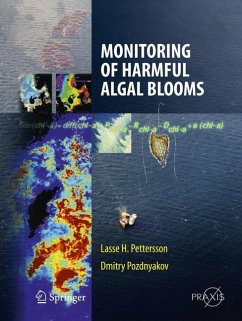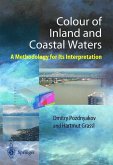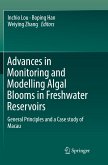Some of the wide variety of phytoplankton species in our oceans produce toxins harmful to marine life. Drawing on current and future satellite data, this book details the research techniques for monitoring and predicting visible algae blooms.
Sometimes known as "Red Tides", some of the wide variety of phytoplankton species in the World's oceans produce toxins which can harm marine life. In certain circumstances, these harmful algal blooms can even cause illness or death in humans. Shellfish filter feed on phytoplankton and concentrate their toxins in their bodies and people who eat them can contract life threatening food poisoning. A number of countries have monitoring programmes to measure the presence of toxins in algal blooms. Monitoring of Harmful Algal Blooms is all about the research techniques to monitor visible algal blooms and through remote sensing, including infrared techniques, predict them through mathematical modelling.
Sometimes known as "Red Tides", some of the wide variety of phytoplankton species in the World's oceans produce toxins which can harm marine life. In certain circumstances, these harmful algal blooms can even cause illness or death in humans. Shellfish filter feed on phytoplankton and concentrate their toxins in their bodies and people who eat them can contract life threatening food poisoning. A number of countries have monitoring programmes to measure the presence of toxins in algal blooms. Monitoring of Harmful Algal Blooms is all about the research techniques to monitor visible algal blooms and through remote sensing, including infrared techniques, predict them through mathematical modelling.








